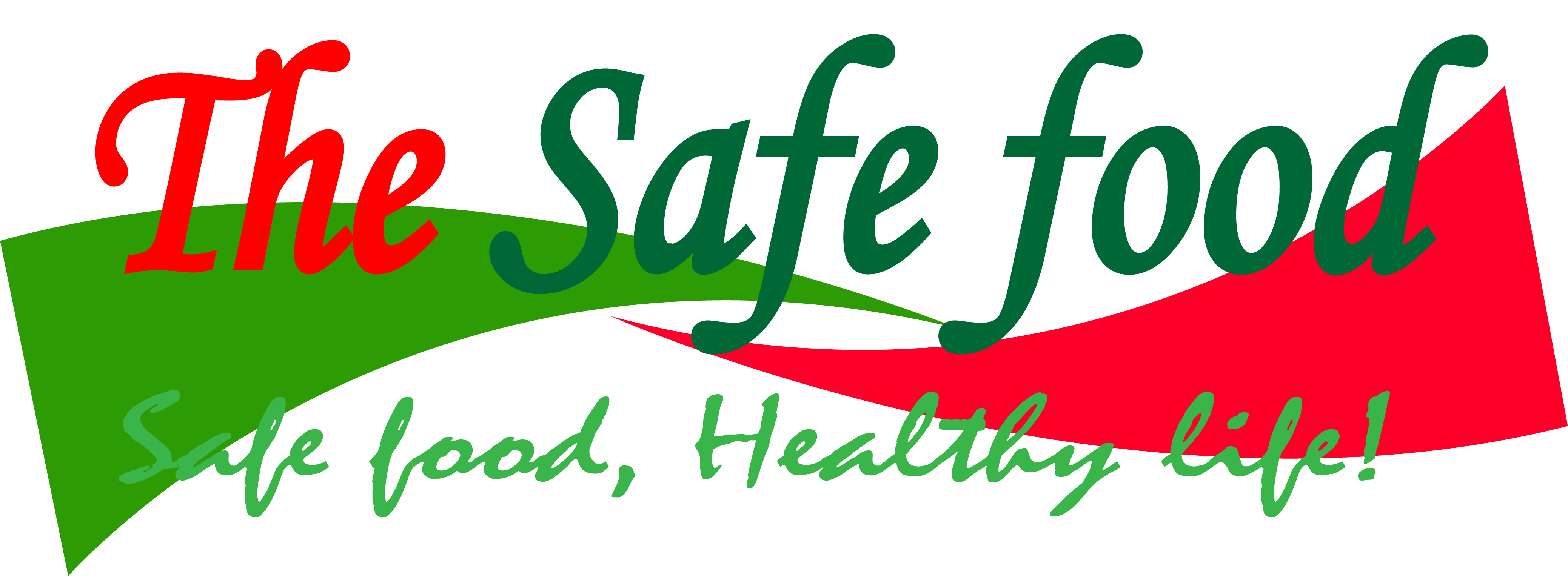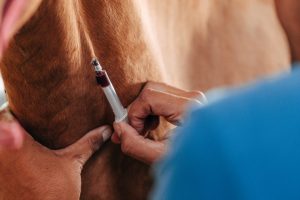There are several ways of assuring food safety:
- Good Agricultural Practices (GAPs) and Good Manufacturing Practices (GMPs) are sets of guidelines for growing, harvesting, processing, and packaging food that help to reduce the risk of contamination. They are the minimum requirements for the production of safe food. They cover personal hygiene practices, food handling practices, storage, environmental hygiene, among others.
- HACCP (Hazard Analysis and Critical Control Points) is a systematic approach to identifying and controlling potential hazards in the food production process. This system identifies and does one of the following in an effort in assuring food safety:
- Prevent – the occurrence of the hazard.
- Eliminate – remove the identified hazard completely.
- Reduce – the hazard to levels that may not cause harm.
- Regular testing and inspection of food products and facilities to ensure they meet safety standards.
- Proper storage and handling of food products to prevent contamination and spoilage.
- Regular employee education and training on food safety procedures.
- Adequate sanitation of food-processing equipment and facilities.
- Recall plans in case of a problem with a food product.
- Compliance with food safety laws and regulations.
- Traceability – making sure that all ingredient sources are known and verified and that in the event of an occurrence related to the safety of food, the recall process would be seamless.
It is important to note that assuring food safety is a shared responsibility of all stakeholders including government, industry, and consumers.




